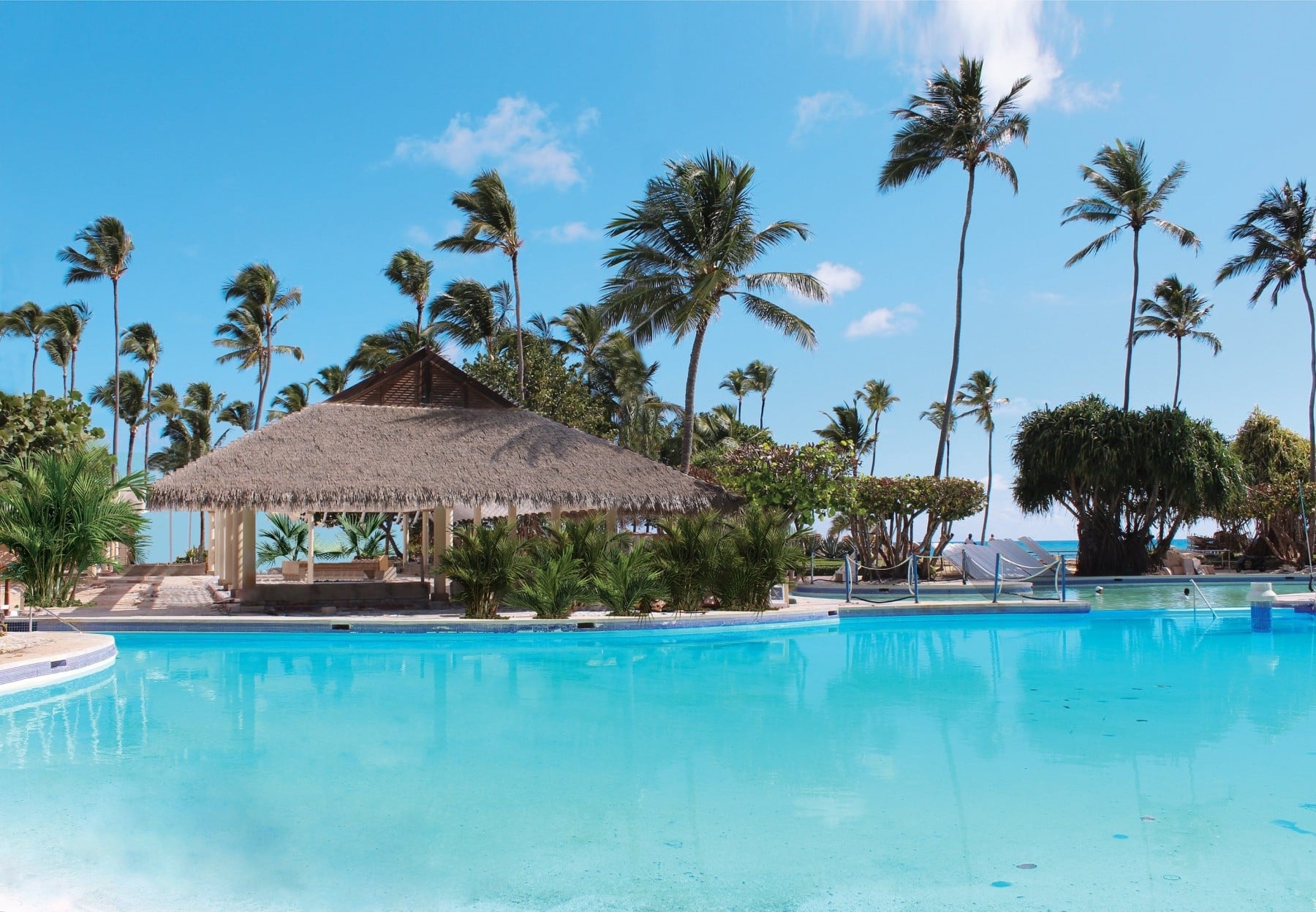
Making Sense Of Wind Ratings
uplift ratingsWind rating are complicated and when people try to simply things, they miss the point. Many people try to correlate wind ratings for roofing products to actual wind speeds. But that’s not correct. See, wind ratings are determined by standards set by ASCE. The standards specify wind uplift pressures, not merely wind speeds.
See, wind ratings for roofing systems considers pounds per square foot. Meanwhile, there’s no actual direct correlation to wind speed. Wind speed is just one of five factors civil engineers use to determine the wind rating needed for any given roof.
WIND RATINGS: CALCULATING UPLIFT PRESSURES
Usually, state or local rules specify what calculation to use to determine the necessary wind rating. Civil engineers calculate the needs of their projects. Still, it comes down to these five basic factors:
- building height
- building location
- surrounding terrain
- building openings
- building use
Then, they plug these specifics into a formula. That way, they know the pressure in pounds per square foot that the individual structure might have to withstand. That specifies the wind rating necessary for the building.
Endureed products exceed many different requirements even when others can’t. This includes wind ratings. Our shingles consist of reeds bound using a patented stainless steel binding system. The patented design makes a huge difference in strength against wind uplift pressures.
CONTACT ENDUREED FOR A CONSULTATION
Interested in roofing an umbrella for your backyard or an entire hotel? We’d love to help you choose the right product for your specific needs.
Check out our synthetic thatch roofing materials now. One is certainly right for you:
- Capetown– A trimmed, coarsely textured, longer reed. Replicates African Yellow Grass or “Cape Reed” that replicates the typical African style thatching.
- Kilimanjaro– A heavy reed replicating a traditional weathered, Tanzanian cape reed roof.
- Somerset– A closely tapered, slightly weathered appearing shingle. Replicates a typical, hand trimmed European thatching.
- Kona– A combination of wide leaf and smaller grass reed. Replicates the look of Hawaiian “Pili Grass” and Asian Alang-Alang grass thatching.
- Dominica– A synthetic palm leaf style thatching. Replicates palm leaves commonly used in tropical regions throughout the world.
- Bali– A finer, loosely tapered, slightly longer shingle designed to resemble the appearance of East Asian grass thatching.
- Viva Series– An especially economical synthetic palm thatch.
We’d love to show you how Endureed can provide you with your perfect synthetic thatch product.
CHOOSE THE BEST THATCH ROOFING PRODUCT IN THE WORLD
So, call us at 877-784-2824, or get in touch with us online.